
Click, click, click, why won’t the stove stop clicking? When your gas stove keeps clicking, the spark electrode is continuing to try to ignite the gas, even though there is no need. Fortunately, the most common cause of this issue, a dirty stove, is also the easiest to fix. If the burner heads and igniters are clean and dry, you may have a problem with the ignition switches or the spark module. This guide will take you through how to solve these issues and get your gas stove working properly again.
How to Stop the Clicking
Turning off the power to the gas stove, either by removing the plug or turning it off in the electrical panel (breaker box), should stop the clicking, as the spark electrode cannot spark without electricity.
Clean the Stove
One of the more common and easy-to-fix reasons a gas stove keeps clicking is that grime, grease, and corrosion around the burner heads are interfering with the gas flow. Cleaning around the burner heads, igniter, and pilot hole can fix the clicking issue. Before cleaning the gas stove, make sure it is disconnected from the power, either by removing the plug or turning it off in the electrical panel (breaker box).
Clean the Burner Heads, Caps, and Igniter
Your gas stove owner’s manual may provide cleaning instructions for your specific model. However, on most models, the burner heads and the igniter can be cleaned with a cotton swab, toothbrush, and/or a scrub pad. Rubbing alcohol, acetone, or a half baking soda / half water mixture can be used, while cleaners with bleach or ammonia should be avoided. The pilot holes should be kept clear of moisture, and care should be taken when cleaning the igniters. Igniters can be fragile, and they need to be dry to work properly, so do not apply too much moisture when cleaning them.
Clean the Pilot and Burner Holes
The pilot and burner holes should also be cleared of debris that may be blocking them and restricting the gas flow. A toothbrush could be used to clean the area around the holes, but it may also require a sturdier wire brush to scrape off the debris. The holes themselves can be carefully unblocked by using a needle or pin to clear the opening. Be careful not to use a tool that may break and leave a piece inside, such as a toothpick.
Moisture
Like food particles, liquid spills can also cause the gas stove to continuously click. This often happens when a pot boils over. If this happens, you should disconnect the power and wipe up the moisture as best you can. However, the stove igniters may need time to dry. Moisture is often the cause of a shorted ignition switch, which is discussed below.
Ignition Switches
Most modern gas stoves have ignition switches, which send electricity to the spark module to produce the spark to ignite the gas and produce the flame. When moisture gets into the ignition switches, the electrical contacts can short and remain closed. If the contacts remain closed, the ignition switch will continuously send voltage to the spark module, which results in the electrodes continuously sparking.
The switches are more likely to short when liquid spills into them or when there is high humidity. If liquid gets into the switch, you should disconnect the power to the gas stove and give the switch time to dry out. If the switch continues to spark, you can use a multimeter to test the switch to determine if the switch is permanently damaged and needs to be replaced.
Depending on the model of gas stove, you may be able to replace individual ignition switches, or the entire assembly may need to be replaced.
Are the Ignition Switches Aligned Correctly?
The ignition switches are typically mounted behind the burner control knobs on the stem of the burner control valve. The ignition switches need to be secured and positioned correctly on the stem to work properly. Checking that the switches are aligned correctly may solve the continuous sparking issue. To check the switches on most models, you will need to remove the stovetop to inspect them.
Spark Module
The spark module provides power to each surface burner spark electrode. If the burners are clean and dry and the stove ignition switches are working correctly, it is likely that the spark module is defective and causing the continuous sparking issue. If the spark module is defective, it should be removed and replaced with a new one.
Spark Module or Ignition Switches?
If you are unsure if an ignition switch or the spark module is causing the continuous sparking issue, the switches can be disconnected from the spark module to determine which part is responsible.
- Turn the electricity to the gas stove off, either by removing the plug or turning it off in the electrical panel (breaker box).
- Remove the top of the gas stove to access the switches and spark module.
- Locate the ignition switch input at the end of the wiring that connects the individual switches to the spark module.
- Remove the input from the spark module.
- Turn the power back on. If the igniters are still continuously sparking, it indicates the switches are not the issue. Therefore, the most likely cause is a faulty spark module.

Why Is My Microwave Sparking?
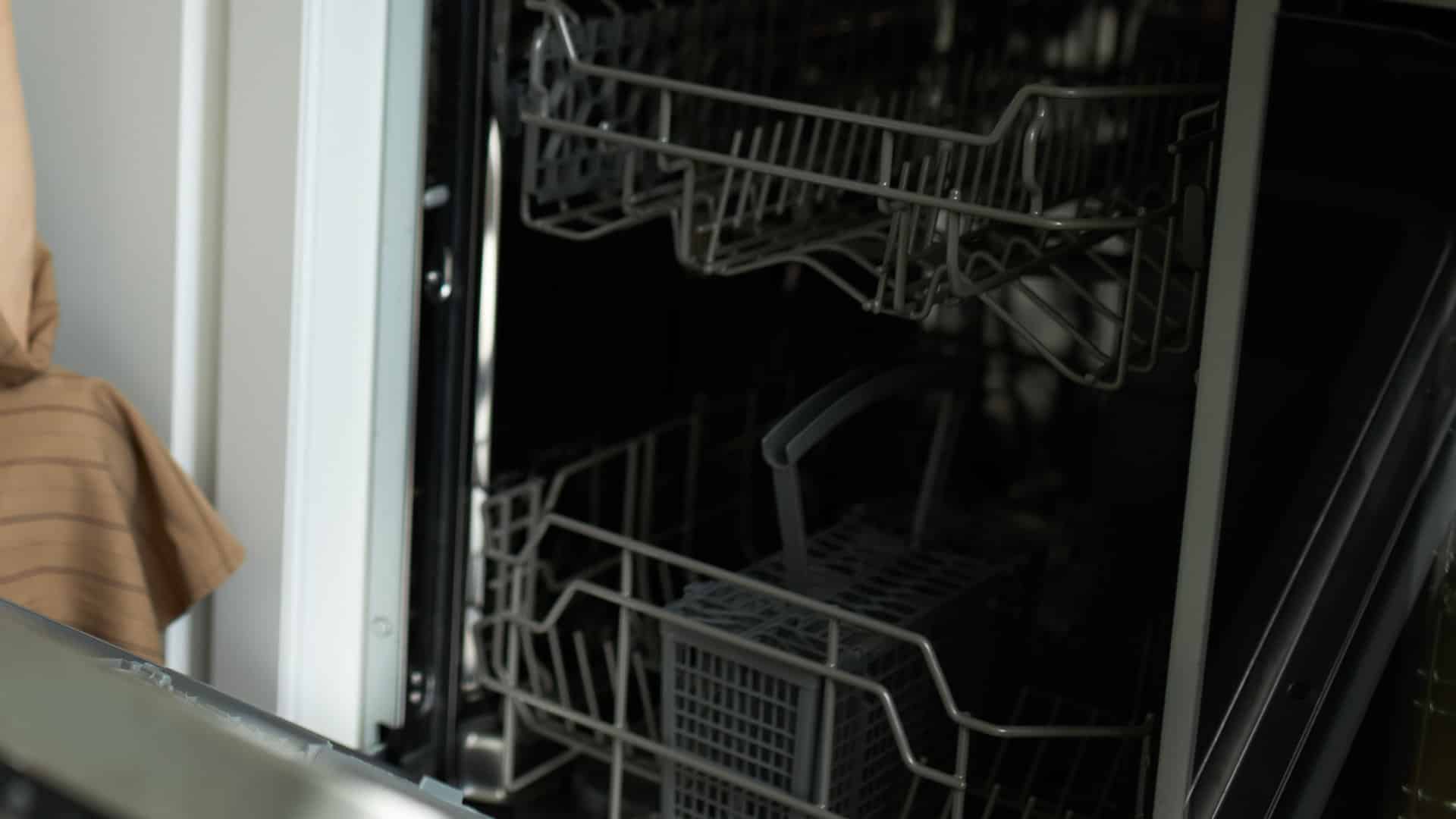
Understanding Frigidaire Dishwasher Error Codes

How to Dry Shoes in Dryer Without Damaging Them
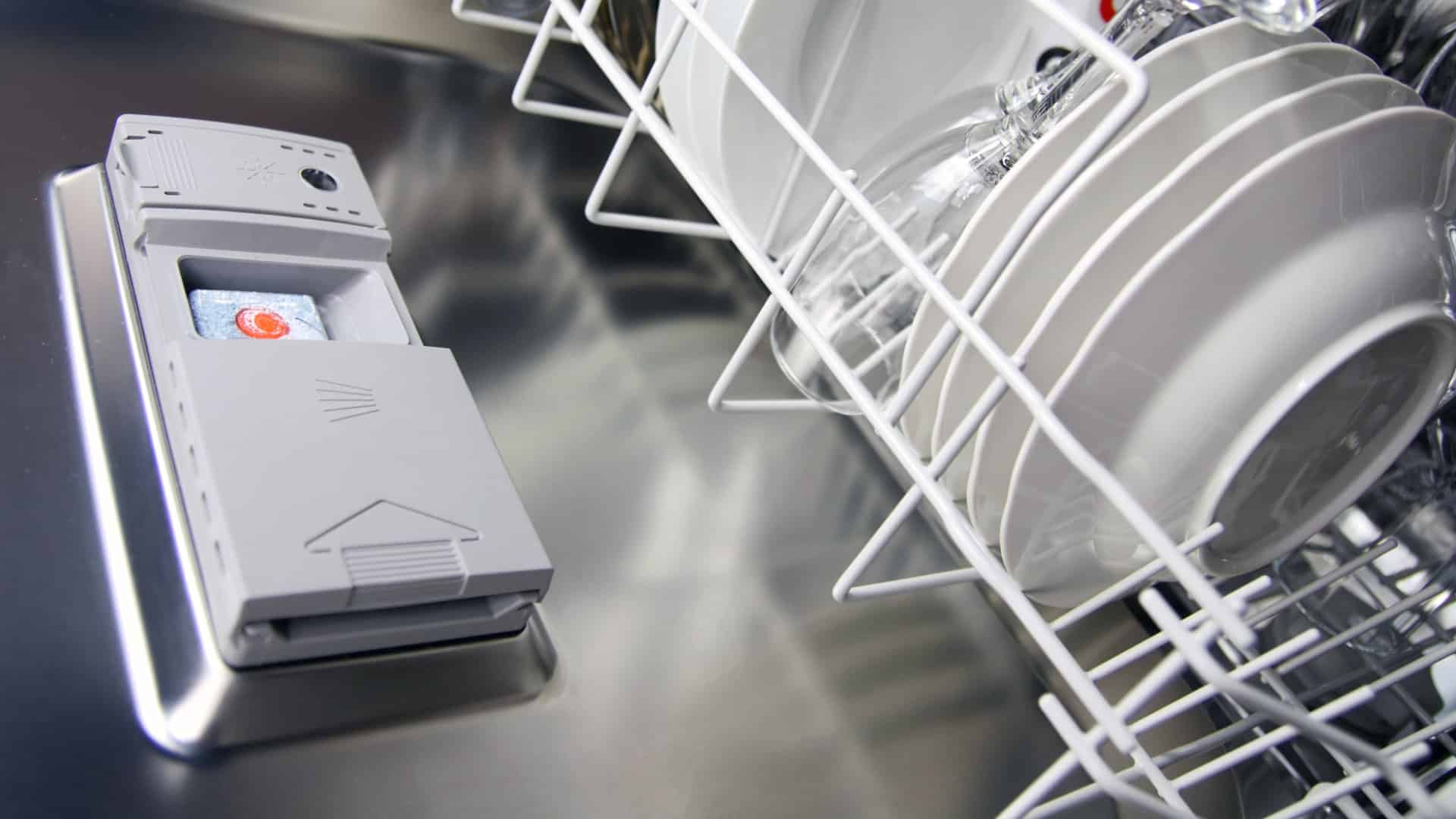
Why Is My Dishwasher Leaking?

How to Solve Electrolux Dryer Error Code E64
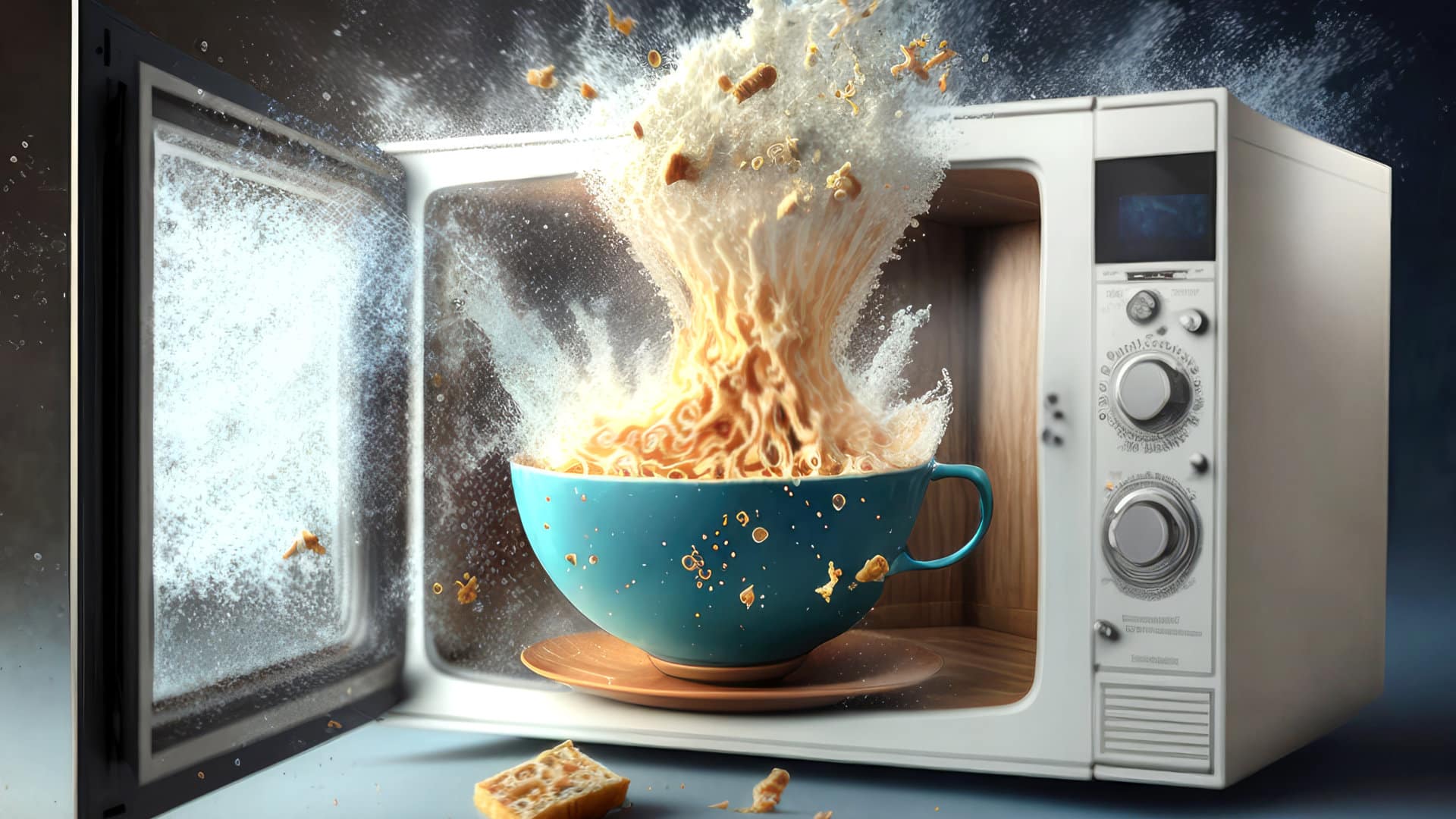
Microwave Light Won’t Turn Off? Here’s Why
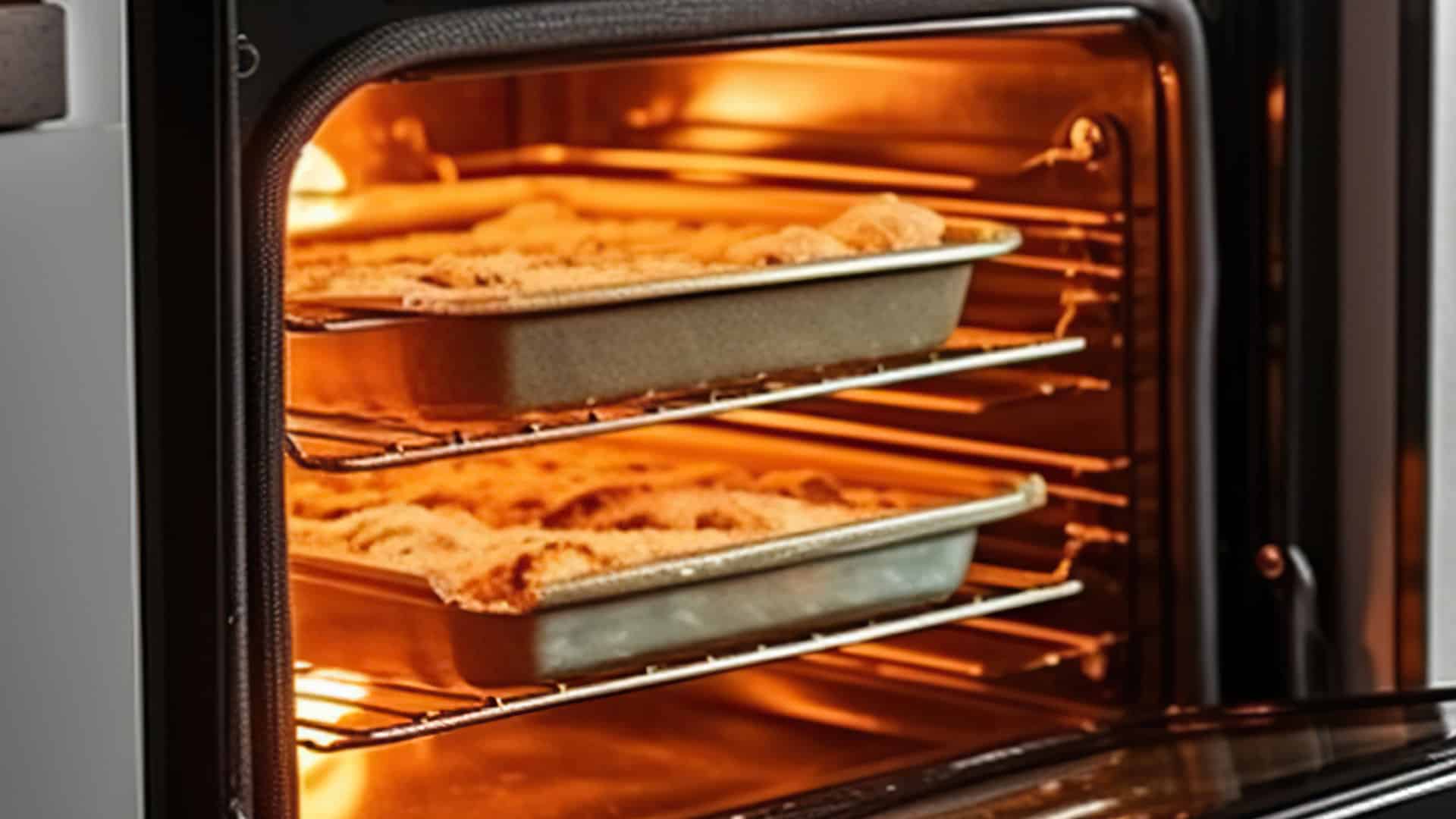
GE Oven F9 Error Code: How to Fix It

How to Use a Self-Cleaning Oven (In 4 Steps)

How To Use a Maytag Top-Load Washing Machine
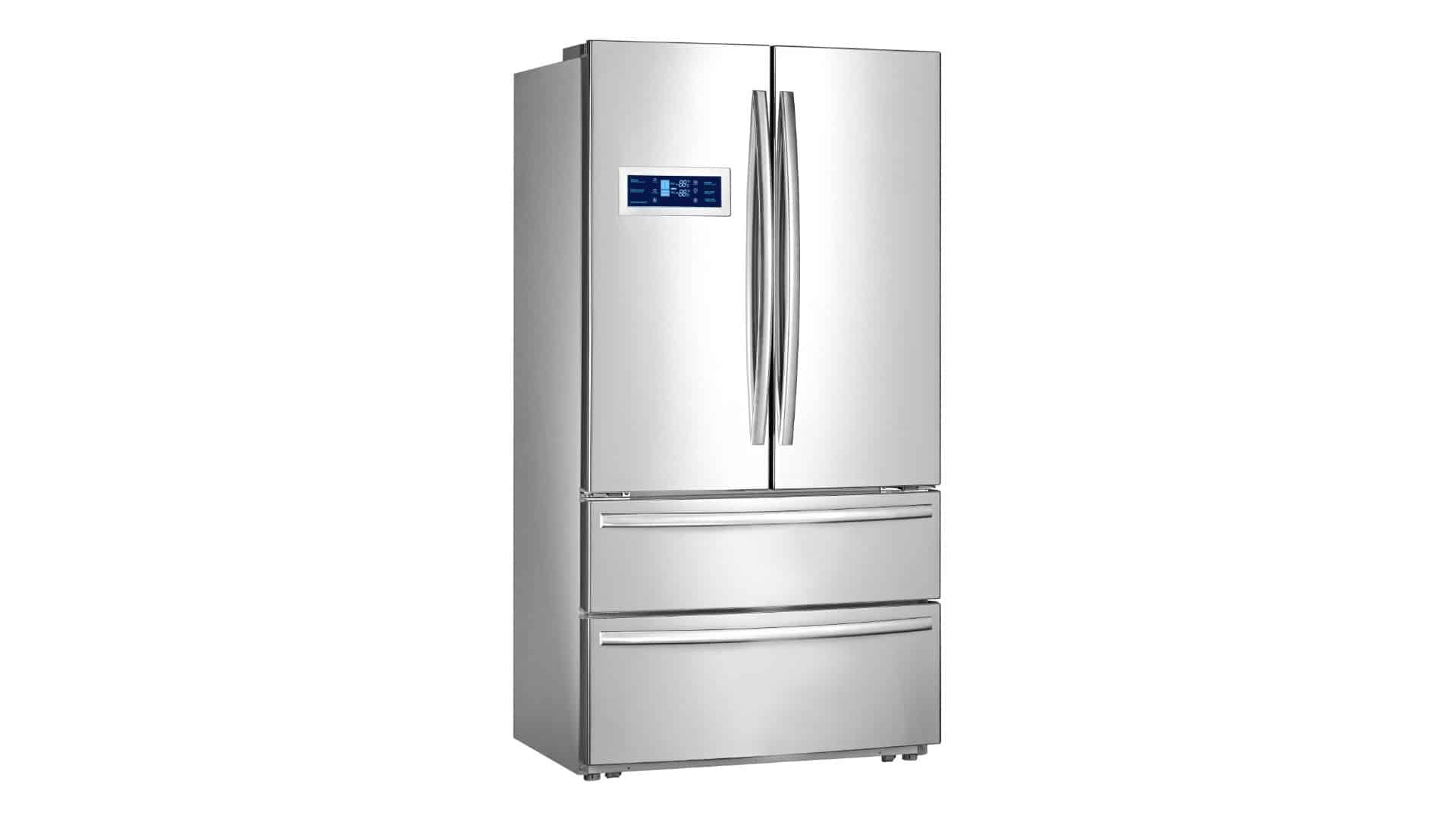
What to Do If Your Samsung Ice Maker Is Not Making Ice

How to Fix a Microwave Turntable That’s Not Turning

How to Wash Pillows in a Washing Machine

How to Fix an Ice Maker That Isn’t Working
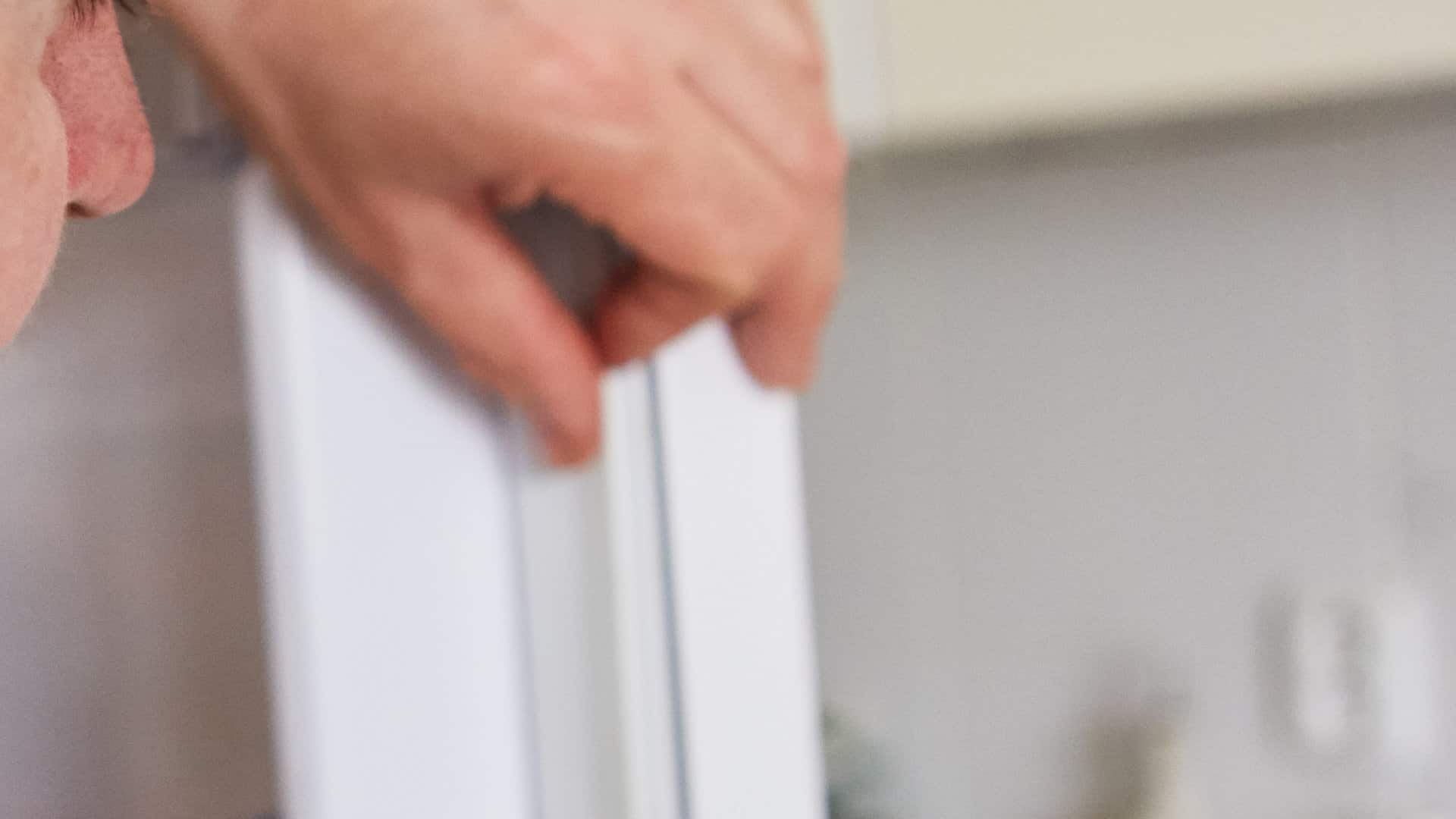
Broken Refrigerator Door Seal? How To Fix It


